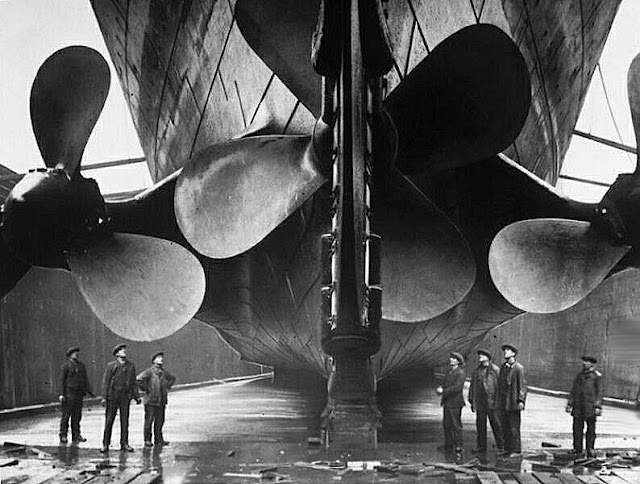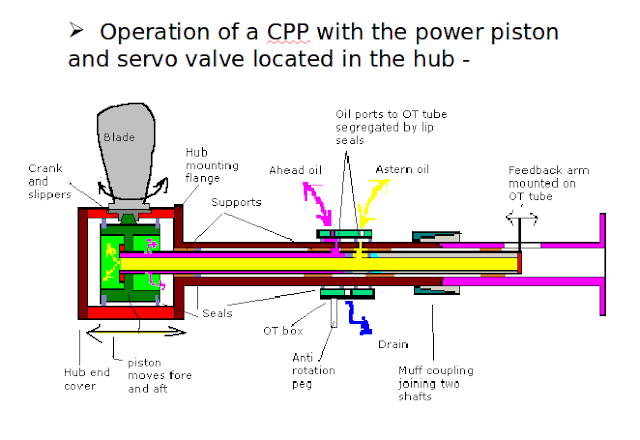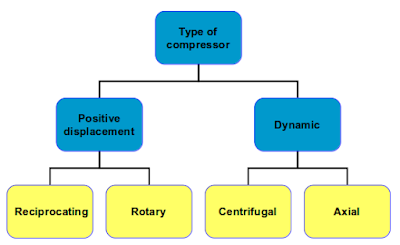History:
Method of joining metals have been known for thousand of years, but for most of this period the only form of welding was forge welding by a blacksmith.
Number of new welding principles emerged at the end of 19th Century, sufficient electrical current could then be generated for Electric Arc Welding and Resistance Welding. Arc welding was initially carried out using Carbon Electrode, shortly followed by use of steel rods, important advancement was made by development of Coated Electrode.
Another method of welding was also developed at that time, which was Gas Welding. The use of Oxygen and Acetylene made it possible to produce a comparatively high flame temperature 3100℃, that is higher than other hydrocarbon based gas. The intensity of all these heat sources enable heat to be generated in, or applied to the work piece quicker than it is conducted away into the surrounding metal.
Thus it is possible to generate a molten pool, which solidifies to form the unifying bond between the parts being joined.
Welding process maybe divided into two main group, pressure welding and non pressure welding, any welding process that require pressure is generally referred as Forge Welding, and these method usually does not require filler metal or flux, the part to be welded however, should be clean and free from grease, dirt, oil, etc. This welding method is the oldest, and require metal to be welded to rise in temperature and hammering the surfaces to form a union.
Resistance Welding is another form of Forge Welding, current and pressure is applied to the metal to be welded without any filler metal or flux.
The Welding process which does not require any pressure to be welded but only the current and filler metal and flux are .The most popular form of Fusion Welding is Electric Arc Welding or Metal Arc Welding Process.
Welding Terminology
- Pressure Welding: Welding in which sufficient outer force is applied to cause more or less plastic deformation of both the facing surface generally without the addition of filler metal. The facing surface are heated in order to permit or facilitate bonding
- Fusion Welding: Welding without the use of outer force in which the facing surfaces must be melted. Molten filler metal is added.
- Surfacing: Producing a layer of different metal by welding, example: with higher corrosion, abrasion or heat resistance than the parent metal.
- Deposition Rate: Amount of metal supplied to the joint per unit time during welding.
- Heat Affected Zone (HAZ): Area of base metal which is not melted during welding but whose physical properties are altered by heat induced from weld joint.
Electric Arc Welding
In this, a electric spark is struck between electrode and the metal to be welded. The heat which is generated cause the electrode to melt and the molten metal is transferred from the electrode to the metal.If the electrode is bare, that is without flux(Coated electrode), the arc that is generated tend to wander and is difficult to control. Also it is open to the atmosphere contamination , that result in porous brittle weld. To avoid these defect, flux coated electrodes are generally used.
The flux coating melt at high temperature than the electrode core, thus coating protrudes beyond the core during welding, thus avoiding wandering of arc, that is it provide stability, and concentration of the arc. The coating also shield the arc and the molten metal pool from atmospheric contamination, by forming a shield of inert gas around it as coating vaporize.
Silicate that is formed from coating, form slag upon the surface of the hot metal and this and this protect the hot metal from the atmosphere as it cools down, slag can be removed easily when metal cools down.
Electric arc welding maybe done by using A.C or D.C supply. A.C supply is usually used for following reason:
Advantages
1 less planet maintenance2 Higher efficiency than D.C plant
3 More compact plant
Disadvantage of A.C plant:
1 More difficult to weld Cast Iron and Non-Ferrous metal2 High voltage is used so higher the shock risk.
Defects in Weldings:
- Overlap: it is caused when weld metal overflow without fusion on parent metal. This can be detected by Magnetic crack detector
- Undercut: This occur due to higher current or low speed of welding, it cause the wastage of parent metal and groove and channel is formed at the toe of the weld.
- Spatter: This is the globules or particle of metal scattered on or around the weld, this occur due to high voltage or current making metal to splash.
- Blowhole: cause due to entrapment of Gas in large cavity.
- Inclusion: Any slag or other entrapped matter, surface of metal to be welded should be cleaned and should be freed from grease, oil, dirt, etc. During the welding process slag must not be allowed to be get infront of the molten metal or it may get entrapped. So, during the changing of electrode, the metal should be allowed to be cooled and slag must be removed to avoid Inclusion.
- Lack of Fusion: this occur between weld metal and parent metal, between different layer of weld metal or between contact surface of parent metal, it is caused by incorrect voltage , curren, dirt or grease.
For Full Article Goto ShipDiggers.
Author : Arpit Singh






































